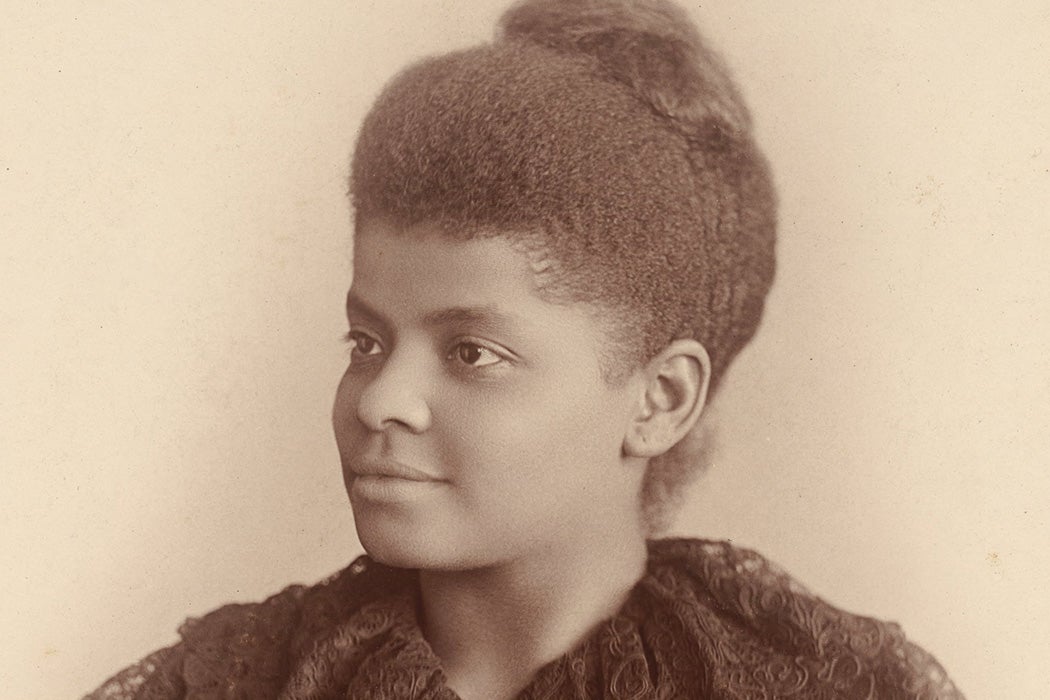This year marks the centennial of the Nineteenth Amendment, which on its face granted all American women the right to vote. But as historian Valethia Watkins writes, “This [centennial] time frame does not account for race, and it is factually incorrect vis-à-vis Black women.” That’s because the ratification of the Nineteenth Amendment in 1920 gave Black women the vote in name only, since violence, legal restrictions like poll taxes and literacy tests, and intimidation still suppressed Black voters.
Even within the larger suffrage movement, Black women had to take their own steps toward voting rights—for example, by establishing suffrage organizations that specifically focused on their needs. The first of these was the Alpha Suffrage Club, formed in Chicago in 1913.
The reason for the club was simple: exclusion. Many suffrage organizations didn’t prioritize Black women’s voting rights, and as Black studies scholar Denise Darrah writes, the National American Woman Suffrage Association (NAWSA, the country’s leading suffrage group) “did not include black women in its membership.”
The Alpha Suffrage Club was founded in part by Ida B. Wells, a journalist whose work exposed the horrors of lynching throughout the South. Wells understood how race was tied to gender, and, as historian Wanda A. Hendricks writes, she saw the organization as a vehicle “that would champion causes for the race and inspire a reconceptualization of the role of African American women in America.”
Shortly after the Alpha Suffrage Club came together, over eighty Illinois suffragists traveled to Washington, D.C., for a NAWSA march, Wells among them. Once in Washington, however, Wells was told that she would have to march at the back of the demonstration, with other Black suffragists, rather than with the Illinois delegation. Her inclusion, she was told, would result in southern states withdrawing their support for ratification. Wells refused, appearing with her home state’s delegation when the march began.
The suffrage movement was not exempt from racism, which had come to the forefront as long ago as the debate over the Fifteenth Amendment (ratified in 1870). The amendment outlawed voting discrimination based on race. This angered many white suffragists: Black men got the vote, but white women did not.
As historian Libby Garland explains, many white suffrage leaders “came to couch some of their arguments in racist terms, making the case that women—at least white women—were more deserving of the rights and privileges of citizenship than black men.” But for years after the overthrow of Reconstruction, racist policies kept Black men in the South from voting, too.
Weekly Newsletter
Unlike white suffragists, Black women couldn’t separate race from gender, as both identities played a role in their oppression. So the Alpha Suffrage Club not only fought for access to the vote, but for more Black political leadership at the local level. One of its main goals, as Hendricks writes, was “showing black women how to use their ‘vote for the advantage of ourselves and our race[.]'”
When the Nineteenth Amendment was finally ratified on August 18, 1920, the fight for universal voting access was actually far from over. The targeted suppression of Black voters, both men and women, prevented many Black women and men from fully exercising their rights. That would change with the passage of the Voting Rights Act of 1965. Organizations like the Alpha Suffrage Club took the first steps in what would be a long fight.







